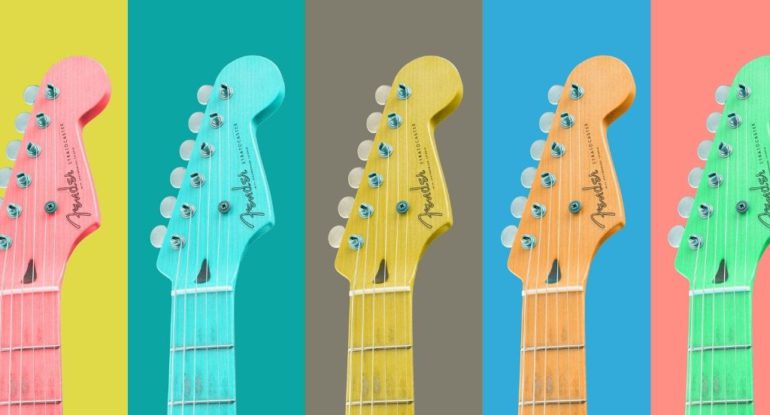NFTs and blockchain technology in the collectibles industry

The rapid growth in some NFT values and blockchain technology has perplexed many people, and doubters have stated that NFTs have “no value.” While weight is subjective, one thing is sure: NFTs have a wide range of applications outside digital art.
Using NFTs to bring tangible valuables onto the blockchain technology or on-chain is a fascinating and recent use case. Aside from displaying a picture on a screen, NFTs offer a variety of applications. For example, they can be utilized for real estate transactions, authors selling their work overtime, or improved ticket and membership management.
Authentication and Trading Friction Reduction
Assets can be placed on blockchain by creating a digital record for the asset on blockchain technology. For physical goods, that record can take the form of an NFT attached to the object, ensuring authenticity and tracking the item as it goes through the supply chain. Everledger, for example, is working with numerous industries, including the wine business, to have producers submit things to the blockchain and utilize tamper-proof packaging that allows for consistent traceability of the wine’s origins, making it more challenging to produce fakes.
A slew of new initiatives has sprung up, putting current assets on the blockchain once verified by an expert. StockX, for example, recently stated that it would issue NFTs tied to footwear in its vault, with the NFT serving as confirmation of authenticity and ownership.
One of the key advantages is a reduction in trading expenses. Because the asset is housed in a trusted location, such as the StockX vault, the NFT may trade without the shoe needing to be reauthenticated each time it changes hands. As a result, sneakers aren’t the only collectibles that have gone on-chain. Similar initiatives can be seen in various collecting categories: Consider Courtyard, which is tokenizing trading cards to reduce trading fees and frictions.
Also, read – Everything About The SolCity NFT Project
The Blockchain Technology Transparency
Aside from phony items, the collectibles sector has seen several scams, including a $86 million fraud by convicted art dealer Inigo Philbrick, who sold the same works of art to different persons. Because trades are visible on-chain, blockchain technology could be a solution. Most collectibles must be on-chain to work at their best, and dealers must offer a link to the on-chain asset for consumers to verify. Consumers will no longer trust dealers who do not engage in the system if this becomes the standard.
Consider the domain name industry, where everyone now expects to use a third-party escrow service to avoid scams. Or in crypto, where third-party apps require you to buy any coins. Users wishing to purchase these tokens through trusted decentralized exchanges like Uniswap rather than directly from the third-party app, which could, in theory, take your money and not fulfill your order.
Starting in 30 minutes 🙂 https://t.co/vRo3vxrM2I
— Uniswap Labs 🦄 (@Uniswap) March 18, 2022
Taking Advantage of the NFT Ecosystem
It is unnecessary to use NFTs to benefit from blockchain’s ability to maintain an immutable public ledger. However, as the popularity of NFTs has grown, so has the ecology and infrastructure that surrounds them. NFTs are easy to issue, and holders can buy and sell them quickly. NFTs can also unlock liquidity and provide a variety of extra features.
The most intriguing aspect of NFTs and the marketplaces surrounding them is the opportunity for artists to automatically get royalties whenever the item is traded, even on the secondary market. Smart contract royalties can be game-changing for both brands and artists, especially if their works gain in value and are changed more frequently. Producers can’t usually benefit from increased value and trades on the secondary market today. Still, there’s a desire for them to do so, as evidenced by firms like Richemont’s acquisition of marketplaces like Watchfinder.
Furthermore, NFTs may enable collectible fractionalization, which I’m working on with Koia, a platform for buying, trading, and collecting fractions of iconic assets. It also offers new opportunities for asset owners since they now have access to a more extensive consumer base. End-users may gain from fractionalization since they will have access to treasures they could never acquire on their own. They may choose to tokenize their assets and issue only a portion of the tokens while keeping partial control.
Finally, there is a significant opportunity when it comes to employing asset-backed NFTs to gain access to liquidity. Traditional finance allows for lending based on assets such as paintings, but NFTs may make the process easier to administer. DropsDAO and NFTfi are platforms and protocols developing ways to allow users to use their NFTs as collateral for loans.
Consider when a borrower fails on a loan and the lender wishes to seize the asset; an NFT can be done instantly through the smart contract. More lenders will be comfortable offering loans on the back of these assets due to the greater price transparency that comes with handling transactions on-chain.
Finally, blockchain technology can provide transparency to the collectibles market, which was previously opaque. Adding NFTs to this technology enables easier trading of the underlying assets, and the NFT market is fast evolving. Thus the options are expanding: from fractionalization to lending and royalties.




























































